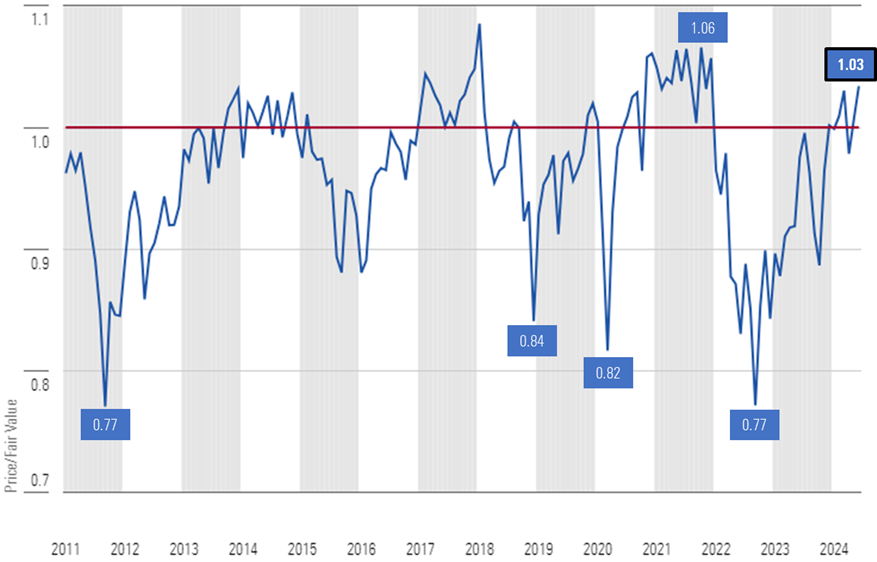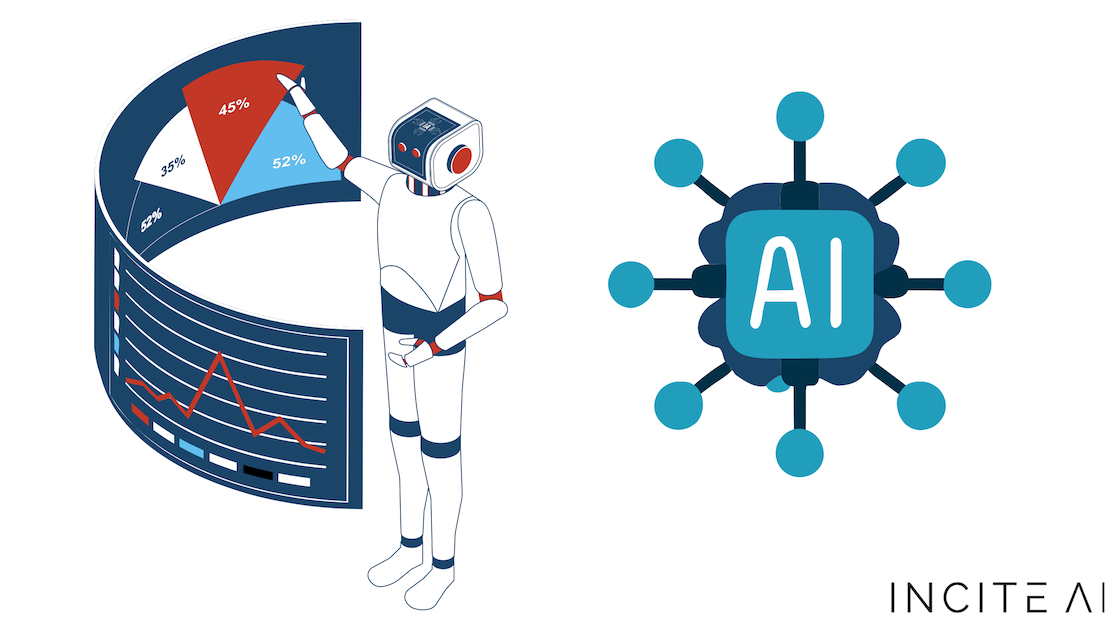20 Pro Reasons For Picking AI Stock Trading Websites
Top 10 Suggestions For Evaluating The Integration Of Ai Analyzing/Predicting Stocks Trading PlatformsAI stock trading platforms that forecast and analyze stocks based on AI should be compatible with each other. A platform that seamlessly integrates with your current workflows and tools will increase efficiency and productivity. Here are 10 top ways to evaluate the integration and compatibility between these platforms.
1. Check Brokerage Integration
Ensure that your platform integrates seamlessly with the trading or brokerage service you want.
Trade execution: Determine whether the platform supports direct trade execution via the broker integrated.
Account synchronization - Check to determine if your system is capable of syncing accounts' balances, transactions and positions in real time.
2. Check the availability of APIs
API access - Make sure that the platform comes with an API that allows developers to build customized tools or automate workflow flow.
API documentation: Ensure that the API has clear examples with usage scenarios.
Rate Limits: Check the API's rate limits to confirm that they are reasonable and will handle your expected usage.
3. Examine the Third-Party Tool Integration
Popular tools: Check whether your platform is compatible with popular tools like Google Sheets or Excel.
Export and import of data: Make sure the platform enables easy export/import data from and into other tools.
Extensions/Plugins: Make sure that the platform works with plugins or extensions to provide added functionality.
4. Test Compatibility Operating Systems
Desktop compatibility is important. Be sure that your platform will work on the operating system you like (Windows MacOS Linux).
Mobile compatibility - Look to see if a platform has a mobile application that is compatible with iOS as well as Android.
Web-based Access: Make sure you can access the platform via a browser, which will allow you to be more flexible.
5. Evaluation of Data Integration Capabilities
Data sources: Check whether the platform is compatible with multiple data resources (e.g. market data sources or news feeds).
Real-time Data Feeds: Check to see if your platform provides real-time analysis.
Historical data import: Check whether the platform supports importing historical data to backtest or analysis.
6. Assessment of Cloud and On-Premise compatibility
Cloud-based Platforms: The platform should be accessible anywhere there is an internet connection.
Solutions on-premise. If you are interested in deploying on-premise be sure to check whether your platform supports it.
Hybrid options: Check whether the platform has the option of a hybrid model, which combines cloud capabilities and on-premise ones.
7. Check for Cross Platform Syncronization
Device synchronization. The platform must connect settings and data to every device including mobile, desktop and tablet.
Check that changes made on one device reflect on other devices.
Check the platform to see if it allows access to functionality or data offline.
8. Verify the Compatibility of Trading Strategies
Algorithmic or automated trading: Verify that the platform you use for trading supports these strategies.
Custom indicators: Check whether the platform permits the use of customized technical indicators or scripts.
Strategy backtesting Check for yourself if the trading platform allows backtesting using historical data.
9. Review Security and Compliance
Data encryption - Ensure that your platform uses encryption for all data at all times, including when it is at rest.
Authentication Check if the platform is secure in terms for authentication (e.g. Two-factor authentication).
Regulatory compliance: Check if the platform complies with relevant regulations (e.g., GDPR, FINRA, SEC).
10. Test Scalability and Performance
Scalability: Make sure the platform is able to handle an ever-growing amount of data as well as users, so that it can adapt to the needs of your business.
Performance under load - Verify that the platform continues to perform under conditions of extreme market volatility.
Utilization of resources: Make sure that the platform is using system resources effectively (CPUs memory, CPUs, bandwidth).
Bonus Tips
User feedback: Look for testimonials and reviews from users when evaluating the site.
Trial period: Take advantage of a no-cost trial or demo to discover how the platform integrates with other tools and processes.
Customer Support: The platform needs to provide a solid support service for integration problems.
You can evaluate the compatibility, integration and efficiency of AI stock trading platforms using these suggestions. Follow the most popular ai investment app tips for blog examples including ai investing, ai investing platform, ai for investing, incite, AI stock trading app, best AI stock, ai for investing, AI stock market, ai trading tools, ai trading and more.

Top 10 Tips For Evaluating The Regulatory Conformity Of Ai Stock Predicting/Analyzing Trading Platforms
Compliance with regulations is an essential element to evaluate trading platforms that use AI. Compliance ensures that the platform operates within the legal frameworks, safeguards user data, and adheres to financial regulations, thus reducing the chance of legal issues or financial sanctions. Here are 10 best suggestions to evaluate the regulatory compliance on these platforms.
1. Verify Registration and License
Regulatory bodies: Make sure the platform has been licensed and registered with the appropriate financial regulatory bodies (e.g. SEC in U.S.A., FCA UK, ASIC Australia).
Verify the broker relationship If your platform has a partnership with brokers and brokers, be sure they are licensed and regulated.
Public records: Visit the regulator's site to find out if the platform has been registered or if it has ever violated the law.
2. Assess Data Privacy Compliance
GDPR If a platform is operating within the EU or providing services to EU users the platform must comply with the General Data Protection Regulation.
CCPA : California Consumer Privacy Act (CCPA) conformity should be checked by users.
Policies for handling data. Review the platform’s privacy policy and make sure it clarifies the manner in which user data is collected, shared, and stored.
3. Evaluate Anti-Money Laundering (AML) Actions
AML policies - Make sure that the platform's AML policies are effective and effective in detecting, prevent and detect money laundering.
KYC procedures. See if your platform follows Know Your Customer processes for verifying user identity.
Monitor transactions: Make sure that the platform is monitoring transactions to detect suspicious behavior and inform authorities about suspicious activity.
4. Make sure you're in compliance with Trading Regulations
Market manipulation: Be sure that the platform has measures put in place to protect against market manipulation, such as the spoofing of trading or wash trading.
Order types. Examine whether your platform is in compliance with the rules for order types.
Best execution: Ensure that the platform adheres to the best execution methods to ensure that trades are executed at the highest price.
5. Cybersecurity compliance assessment
Data encryption - Make sure that the platform uses encryption to secure data in transit or at rest.
Incident response: Verify if the platform has a clearly defined incident response strategy for cyberattacks or data breaches.
Certifications - Find out if your platform has any cybersecurity certifications.
6. Examine Transparency and Transparency
Fee disclosure: Ensure that the platform is clear about any fees, hidden or additional charges.
Risk disclosure: Ensure that the platform has disclosed all risks, especially if you are using high-risk strategies, or trading using leverage.
Performance reporting: Check if the platform provides transparent and accurate performance reports for its AI models.
7. Make sure you're in compliance with International Regulations
Cross-border trading If you are planning to conduct international trade, ensure that the platform complies with all applicable laws.
Tax reporting: Verify whether the platform offers tools or reports to aid users in complying with tax laws (e.g., FIFO rules in the U.S.).
Compliance with sanctions: Check that the platform adheres international sanctions and does not permit trading with countries or entities that are banned.
8. Review Audit Trails and Record-Keeping
Transaction records: Make sure that the platform maintains complete records for purposes of regulation and for audit.
Logs of activity for users (logs) The logs contain information about user activity. check if the platform records user activity such as trading and logins. Also, verify if account settings are changed.
Audit readiness: Verify that the platform is able to provide all documentation and logs if the need for a regulatory audit arises.
9. Examine the compliance of AI Specific Regulations
Algorithmic trading rules: If the platform supports algorithmic trading, make sure it complies with regulations like MiFID II in Europe or Reg SCI in the U.S.
Fairness and bias: Determine whether the platform is able to monitor and mitigates biases in its AI models to ensure fair and ethical trading.
Explainability: Some regulations require that platforms give explanations for AI-driven predictions or decisions.
10. Review feedback from users and review the regulatory history
User reviews: Research user reviews to determine the reputation of the platform's regulatory compliance.
Regulatory history: Check whether the platform has any history of regulatory violations, fines, or penalties.
Third-party Audits: Make sure that the platform is subject to third-party inspections to make sure the platform is conforming to all laws and regulations.
Bonus Tips:
Legal consultation: Consult a lawyer to ensure that the platform meets the relevant laws.
Trial period for free: You are able to avail a demo or a free trial to evaluate the features that ensure compliance of the platform as well as its documentation.
Support for customers - Ensure that the platform has the capacity to provide assistance for any compliance-related concerns or questions.
By using these tips using these tips, you will be able to identify the level of compliance with regulations between AI stock trading platforms. This will allow you to choose a platform which is legal and protects your interest. The compliance not only reduces the legal risk but also increases trust in a platform's service. Have a look at the recommended how to use ai for stock trading url for website recommendations including ai for trading stocks, ai tools for trading, ai share trading, AI stock trader, free ai tool for stock market india, AI stock predictions, how to use ai for stock trading, ai for trading stocks, AI stock investing, ai trading tool and more.
